Evolution of SART Testers
The search and rescue transponder (SART) is an important part of the GMDSS intended for locating ship or survival craft at sea when it is in distress.
Radar SART is a small, battery powered, omni-directional radar receiver and transmitter, it can be detected by ship or aircraft radars operating in the frequency band 9.2-9.5 GHz. On receiving a signal from the radar, the device transmits a series of response signals. These signals will be seen on radar screen as a line of 12 dots extending approximately 8 nautical miles away from the SART’s position along its line of bearing. This unique radar signal is easily recognized and allows the rescue vessel or aircraft to locate the survival craft.
The carriage of the SART on board ships is mandatory, according to IMO requirements. IMO also requires that SART, as a part of the GMDSS, be regularly tested. If the radio survey reveals a malfunction, the vessel may be detained at port.
The requirements for the construction and maintenance of SARTs are set out in the appropriate documents.
The technical characteristics for search and rescue radar transponders are described in Recommendation ITU-R M.628-5. Among the main features are the following:
-
frequency: 9200-9500 MHz;
-
polarization: horizontal or circular;
-
sweep rate: 5 μs per 200 MHz, nominal;
-
power (e.i.r.p.): >400 mW;
-
the response signal should consist of 12 sweeps, etc.
Performance standards for survival craft radar transponders for use in search and rescue operations are described in IMO Resolution A.802(19) and SOLAS-74/88.
The functionality of SARTs can be checked by the ship's own radar. Yes, one may perform operational tests of this safety device by simply moving some distance away (due to the specifics of the SART operation, it is recommended to move 5 nautical miles away) from the ship and turning it on (this is not prohibited in the port, as for EPIRBs, for example). His assistant, meanwhile, can check the ship’s radar screen for the presence of 12 points along the radial line.
Most registers allow radio inspectors to conduct surveys in this way. And yet, to be fair, this is just an operational test, and it's not the same as what the IMO and ITU-R require.
The task is easily solved by professional equipment - SART tester. This is why this device was well accepted by the market as a tool for checking 9 GHz SARTs in a proper and more convenient way, allowing testing to be performed by one person. The tester is far more effective and reliable than the primitive self-test function offered by any SART.
It became possible to measure the frequency range, signal power level, duration of the response signal directly on the board, to count the number of sweeps, conduct a fast passed/not passed test, visualize the swept frequency over time, and/or have operational audio control confirmation, - all this can be taken into account when making a decision whether the SART complies with performance standards.
SART testers models review
The history of SART testers is represented by 3 models. All of them were designed in accordance with the appropriate performance requirements and have fairly similar features. Let's find out what the first testers were like and how the technology changed over time.
1996 - ARG 5420
- Manufacturer (country): ARG/Sartech (United Kingdom)
- Receiver bandwidth: 9.1-9.6 GHz Radar-SART
- Frequency measurement: yes
- Power level measurements: yes
- Response pulse duration: yes
- Receiver sensitivity: no
- Freq. sweeps vs time graph: yes
- Freq. sweeps count: yes
- Dimensions:
- Available for purchase: no
Sartech and ARG Electrodesign were among the first companies to realize the importance of developing special devices for testing ship's radio equipment.
The first SART tester was designed by these companies for the purpose of “Health check” for any SART approved within the GMDSS”.
The device offered all that was required by the IMO, and even more.
ARG5420 was a quite sophisticated unit, capable of displaying a spectrum analysis, as well as showing the frequency sweeps vs. time.
The tester had a large LCD. Its menu was in plain English, which greatly simplified the testing procedure.
The device was portable and had a built-in battery. It allowed to download results and prepare test reports.
Supplied with a special printer, ARG5420 could be connected to a 3.5 mm stereo jack for printing test results.
The tester was produced until 2014, and then was withdrawn due to lack of demand, and obsolescence of parts.
2001 - Device for SART diagnostics and monitoring

- Manufacturer (country): Musson-Morsvyaz/Musson Marine (Ukraine)
- Receiver bandwidth: 9.1-9.6 GHz Radar-SART
- Frequency measurement: yes
- Power level measurements: yes
- Response pulse duration: yes
- Receiver sensitivity: yes
- Freq. sweeps vs time graph: no
- Freq. sweeps count: yes
- Dimensions: 195х100х45 mm, 1 kg
- Available for purchase: no
This tester was one of the joint developments of two Ukrainian manufacturers - “Musson-Morsvyaz” and “Musson Marine Ltd” companies.
The device could perform the same measurements as the ARG tester, except for visualization of frequency sweeps.
The tester was able to assess the sensitivity of the receiver.
It allowed the user to save the results of the last 10 measurements. There was a software limitation of 1,000 measurements, after which it was necessary to contact the manufacturer.
The built-in battery could be charged with a cable using a special menu.
The device was not widely distributed due to the high price, user-unfriendly menu, and the almost unavailable software on the PC, which did not allow to make reports quickly and easily.
The device was discontinued in 2016 due to its obsolescence.
2019 - STU-1
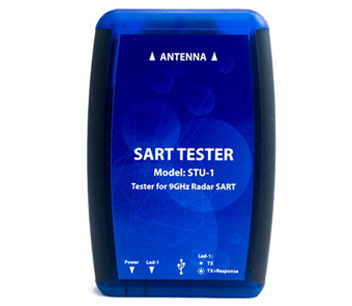
- Manufacturer (country): Aeromarine SRT/former Musson Marine (Ukraine)
- Receiver bandwidth: 9.1-9.6 GHz Radar-SART
- Frequency measurement: yes
- Power level measurements: yes
- Response pulse duration: yes
- Receiver sensitivity: no
- Freq. sweeps vs time graph: yes
- Freq. sweeps count: yes
- Dimensions: 117х76х23 mm, 105 g
- Available for purchase: yes
STU-1 is a one-purpose device designed to measure the parameters of radar-SART. It’s the latest development in this field and the only tester of such type available on the market.
The device meets all IMO required parameters.
It has really small size but lack of the LCD or control buttons. The unit needs an external PC or laptop to operate, connecting via USB.
STU-1 is controlled by a special user-friendly software which allows to conduct tests. The software is Windows and Mac OS compatible. It allows to make quick ‘passed/not passed test’.
Due to automatic test completion it’s convenient in usage by single person.
Tester allows to measure frequency, estimate signal level, count the number of frequency sweeps, measure response signal duration, calculate the distance from SART along the bearing line.
It visualizes the graph for frequency vs time with sweeps.
The manufacturer created a really small lightweight device, removed the LCD and keyboard, which significantly reduced the cost of the unit.
STU-1 fell into the price category demanded by the market and now radio surveyors can honestly cover the requirements of the IMO.
Conclusion
All SART testers, that were presented on the market, performed their functions thoroughly and allowed to fully meet the requirements of the IMO and ITU-R.
However the first testers did not gain real popularity. The high cost of these devices was the main reason why radio inspectors preferred to use the ship's own radar to check the SARTs.
The manufacturer of STU-1 managed to find a solution that helped overcome this problem. It allowed to make this unit several times more cost effective than its predecessors. Professional SART testers became really affordable, allowing surveyors to avoid the primitive operational tests or self-test of these safety devices.
There is another important trend in the SART testers industry. GPS-based AIS-SARTs are gaining market share, gradually replacing radar-SARTs. So, the need for radar-SART testers may reduce or even disappear in the distant future, as AIS-SARTs are checked by AIS Testers.
As for the present, the radar-SART testers are still in demand and have good perspectives on the market.
By Olga Davydova
This article is one in a series of GMDSS testers history research. Welcome to the full edition:
Intro: Evolution of testers for GMDSS radio equipment
Part 1. Evolution of EPIRB testers
Part 2. Evolution of GMDSS MF/HF/VHF testers
Part 3. Evolution of SART testers
Part 4. Evolution of AIS testers
Part 5. Evolution of GMDSS multi testers
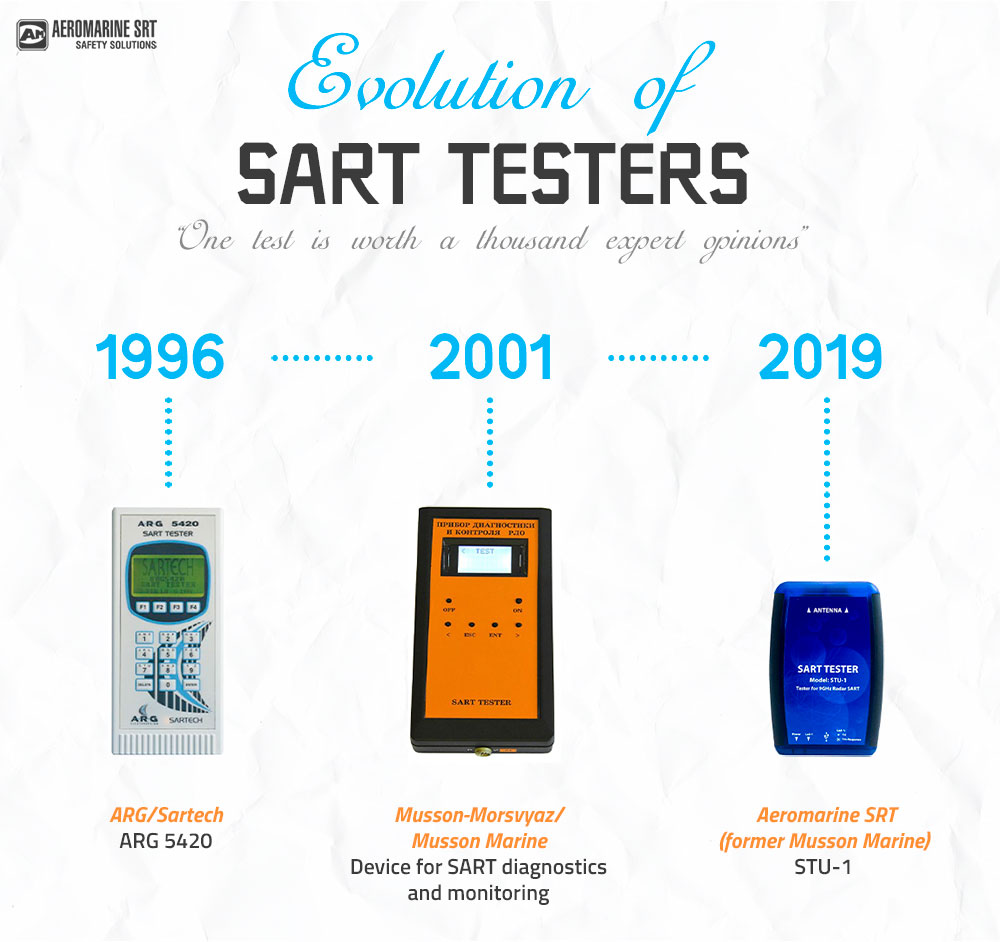
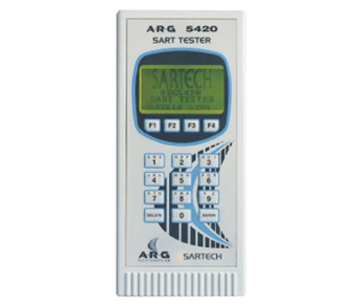


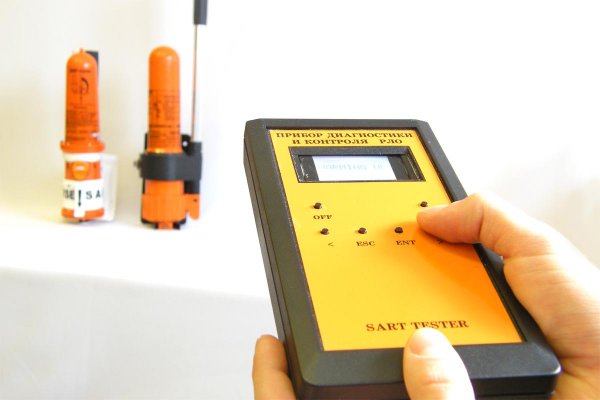
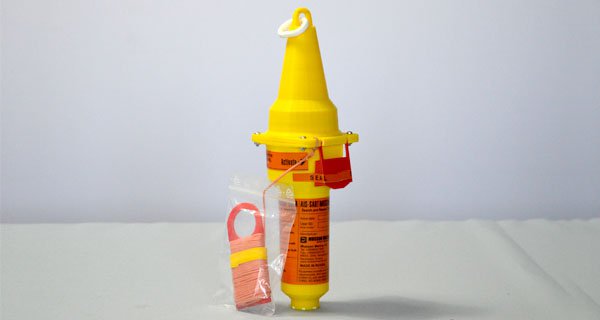
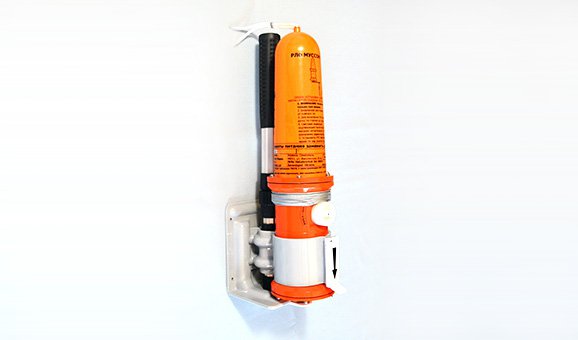

Be the first to comment